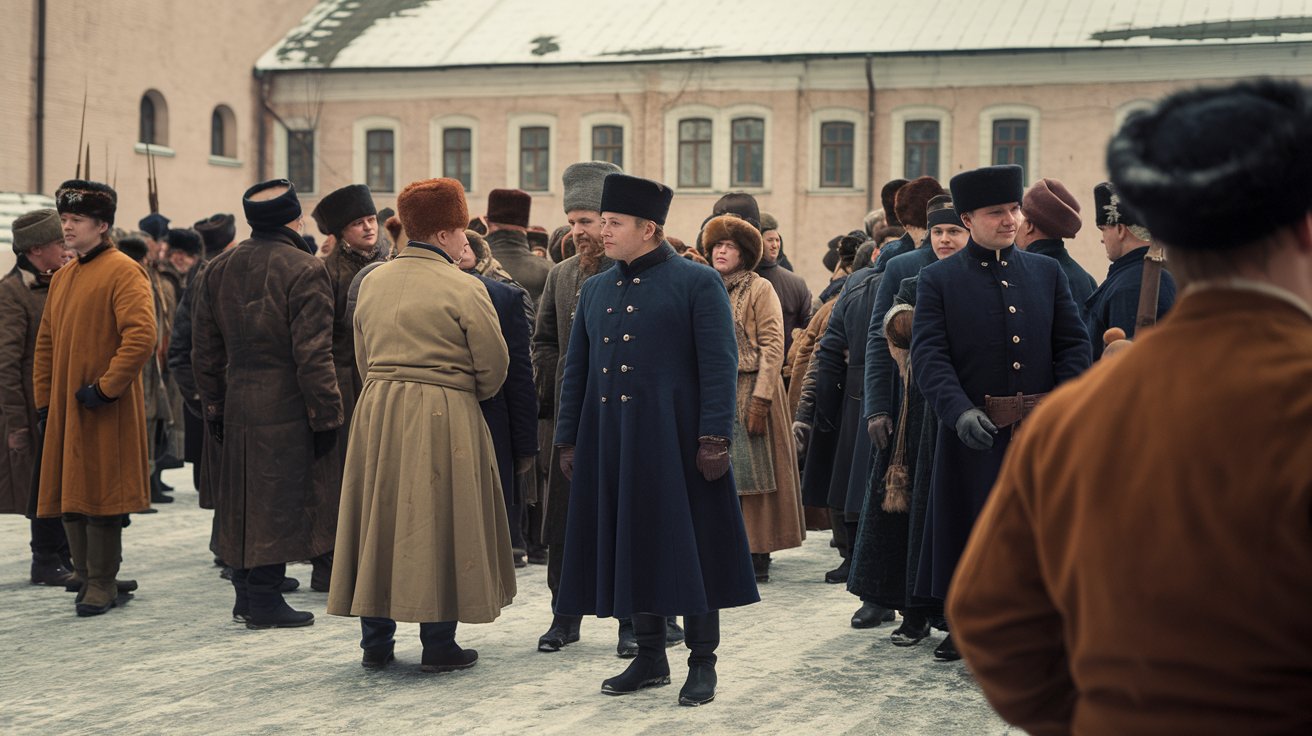
The Lesko Uprising is a significant yet often overlooked event in history. Taking place during World War II, this local resistance movement in Poland showcased the bravery and determination of ordinary citizens standing up against oppressive forces. But what exactly happened during this uprising? Why did it matter in the grand scheme of the war? In this blog post, we'll uncover 25 intriguing facts about the Lesko Uprising that will give you a deeper understanding of its impact and legacy. From the key figures involved to the strategies they employed, you'll gain a new appreciation for this courageous stand against tyranny.
Key Takeaways:
- The Lesko Uprising was a brave resistance movement in Poland during World War II, led by local heroes and supported by the community, leaving a lasting legacy of courage and unity.
- Despite facing challenges, the Lesko Uprising inspired future generations to stand up against oppression and fight for freedom, leaving a profound impact on modern Poland.
The Lesko Uprising: A Brief Overview
The Lesko Uprising was a significant event in Polish history. It took place during World War II and involved local resistance against occupying forces. Here are some fascinating facts about this historical event.
Origins of the Uprising
Understanding the roots of the Lesko Uprising helps grasp its importance.
- The Lesko Uprising began in 1944 as part of a broader resistance movement against Nazi occupation in Poland.
- Lesko, a small town in southeastern Poland, was strategically important due to its location near the Carpathian Mountains.
- The uprising was part of Operation Tempest, a series of nationwide resistance efforts coordinated by the Polish Home Army (Armia Krajowa).
Key Figures in the Uprising
Several individuals played crucial roles in the Lesko Uprising.
- Major Jan Piwnik "Ponury" was a prominent leader in the resistance, known for his bravery and tactical skills.
- Lieutenant Józef Wyrwa "Stary" also led many operations and was instrumental in organizing local resistance fighters.
- Local civilians provided essential support, offering shelter, food, and intelligence to the resistance fighters.
Major Events During the Uprising
Several key events defined the course of the Lesko Uprising.
- The initial attack on German garrisons in Lesko marked the beginning of the uprising.
- The sabotage of railway lines disrupted German supply routes, significantly impacting their operations.
- The liberation of prisoners from local jails boosted the morale of the resistance and increased their numbers.
Challenges Faced by the Resistance
The Lesko Uprising was not without its difficulties.
- Limited resources made it challenging for the resistance to sustain prolonged engagements.
- Harsh weather conditions in the Carpathian Mountains added to the difficulties faced by the fighters.
- German counterattacks were relentless, forcing the resistance to adopt guerrilla tactics.
Impact on the Local Population
The uprising had a profound effect on the people of Lesko.
- Many civilians were displaced, seeking refuge in nearby forests and mountains.
- The local economy suffered due to the destruction of infrastructure and resources.
- A sense of unity and resilience emerged among the local population, strengthening their resolve to resist occupation.
Legacy of the Lesko Uprising
The impact of the Lesko Uprising continues to be felt today.
- Monuments and memorials have been erected in Lesko to honor the bravery of the resistance fighters.
- Annual commemorations are held to remember the events and educate younger generations about their history.
- The uprising is studied in Polish schools as a significant example of resistance during World War II.
International Recognition
The Lesko Uprising has gained recognition beyond Poland.
- Historians worldwide have studied the uprising as part of the broader context of World War II resistance movements.
- Documentaries and books have been produced, shedding light on the events and their significance.
- International organizations have acknowledged the bravery and sacrifices of the Lesko resistance fighters.
Personal Stories from the Uprising
Individual accounts provide a personal perspective on the Lesko Uprising.
- Survivors' memoirs offer firsthand insights into the challenges and triumphs of the resistance.
- Letters and diaries from the period reveal the emotional and psychological toll on those involved.
- Oral histories collected from descendants of resistance fighters help preserve the legacy of the uprising.
The Uprising's Influence on Modern Poland
The Lesko Uprising has left a lasting mark on contemporary Poland.
- The spirit of resistance inspired future generations to stand up against oppression and fight for freedom.
Final Glimpse at Lesko Uprising
The Lesko Uprising stands as a testament to the resilience and courage of those who fought for freedom. This historical event, though lesser-known, played a crucial role in shaping the region's future. From the strategic maneuvers to the personal sacrifices, every aspect of the uprising tells a story of determination and hope. Understanding these 25 facts not only enriches our knowledge but also honors the memory of those who stood up against oppression. History is filled with such moments that remind us of the power of unity and the human spirit. By learning about the Lesko Uprising, we gain a deeper appreciation for the struggles and triumphs that have shaped our world. Keep these facts in mind and share them, ensuring that the legacy of the Lesko Uprising continues to inspire future generations.
Frequently Asked Questions
Was this page helpful?
Our commitment to delivering trustworthy and engaging content is at the heart of what we do. Each fact on our site is contributed by real users like you, bringing a wealth of diverse insights and information. To ensure the highest standards of accuracy and reliability, our dedicated editors meticulously review each submission. This process guarantees that the facts we share are not only fascinating but also credible. Trust in our commitment to quality and authenticity as you explore and learn with us.
